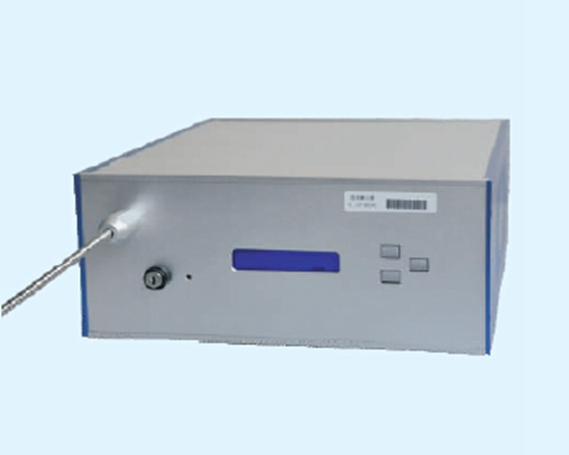Special Properties of Ytterbium-doped Gain Media
Ytterbium-doped laser crystals and glasses have a number of interesting properties, which differ from those of, e.g., neodymium-doped laser gain media:
They have a very simple electronic level structure, with only one excited state manifold within reach from the ground-state manifold with near-infrared or visible photons.
The quantum defect is always small, potentially allowing for very high power efficiencies of lasers and reducing thermal effects in high-power lasers.
The simple electronic structure excludes excited-state absorption and also a variety of detrimental quenching processes.
The gain bandwidth of the laser transitions is typically fairly large, compared with, e.g., neodymium-doped crystals. This allows for wide wavelength tuning ranges or for generating ultrashort pulses in mode-locked lasers.
The upper-state lifetimes are relatively long, which is beneficial for Q switching and for pulsed amplifiers. However, it also implies substantially lower transition cross sections than neodymium-doped gain media, for example, and that is detrimental in various cases.





